A parking lot (American English) or car park (British English), also known as a car lot, is a cleared area intended for parking vehicles. The term usually refers to an area dedicated only for parking, with a durable or semi-durable surface. In most jurisdictions where cars are the dominant mode of transportation, parking lots are a major feature of cities and suburban areas. Shopping malls, sports stadiums, megachurches and similar venues often have immense parking lots.
Parking lots tend to be sources of water pollution because of their extensive impervious surfaces, and because most have limited or no facilities to control runoff. Many areas today also require minimum landscaping in parking lots to provide shade and help mitigate the extent to which their paved surfaces contribute to heat islands. Many municipalities require minimum numbers of parking spaces for buildings such as stores (by floor area) and apartment complexes (by number of bedrooms). In the United States, each state's Department of Transportation sets the proper ratio for disabled spaces for private business and public parking lots. Modern parking lots use various technologies to enable motorists to pay parking fees, help them find unoccupied spaces and retrieve their vehicles, and improve their parking experiences.
Urban planning
The effect of large-scale in-city parking has long been contentious. The replacement of historic structures by garages and lots has led to historical preservation movements in many cities. The massive acreage devoted to parking is widely seen as disruptive to walkable urban fabric, maximizing convenience to each individual building but hampering foot traffic between them. Large paved areas have been called "parking craters", "parking deserts", and similar terms, emphasizing their "depopulated" nature and the barriers they can create to walking movement.
Criticism
Due to a recent trend towards more livable and walkable communities, parking minimums (policies requiring each building to have at least a minimum number of parking spaces) have been criticized by both livable streets advocates and developers alike. For a time, the British government recommended that local councils should establish maximum parking standards to discourage car use. American cities such as Washington, DC, are now considering removing parking minimums as a way to add more housing for residents while encouraging the use of public transit. Parking lots designed specifically for bicycle parking are also becoming more prevalent in response to increased environmental and health consciousness. These may include bicycle parking racks and locks, as well as more modern technologies for security and convenience. For instance, a growing number of bicycle parking lots in Tokyo include automated parking systems.
Legal issues
United States
In the United States, each state's Department of Transportation sets the proper ratio for disabled spaces for private business and public parking lots. Certain circumstances may demand more designated spaces. These reserved spaces are mandated by the Americans with Disabilities Act Accessibility Guidelines.
Modern parking lots use a variety of technologies to help motorists find unoccupied parking spaces using parking guidance and information system, retrieve their vehicles, and improve their experience. This includes adaptive lighting, sensors, indoor positioning system (IPS) and mobile payment options. The Santa Monica Place shopping mall in California has cameras on each stall that can help count the lot occupancy and find lost cars.
In outdoor parking lots, GPS can be used to remember the location of a vehicle (some apps saves location automatically when turning off the car when a smartphone breaks communication with a vehicle's Bluetooth connection). In indoor parking lots, one option is to record one's Wi-Fi signature (signal strengths observed for several detectable access points) to remember the location of a vehicle. Another alternative is to use smartphone applications that does inertial dead reckoning, detection of turns made by the car while driving indoor, correlations of travel time between turns, and machine learning algorithms, to infer the rough location of the parked car based on a map or floor plan.
Land usage
A parking lot needs fairly large space, around 25 square meters or 270 square feet per parking spot. This means that lots usually need more land area than for corresponding buildings for offices or shops if most employees and visitors arrive by car. This means covering large areas with asphalt.
Services
Some lots have charging stations for battery vehicles. Some regions with especially cold winters provide electricity at most parking spots for engine block heaters, as antifreeze may be inadequate to prevent freezing.
- 1 (16.5-ounce) package yellow cake mix
- 2 large eggs, lightly beaten
- 1 cup chunky peanut butter
- 1/2 cup (1 stick) butter, melted
- 1 (10-ounce) package peanut butter chips
- 1 (14-ounce) can sweetened condensed milk
- Preheat oven to 350º.
- In a large bowl, combine cake mix, eggs, peanut butter, and butter; mix well. Press half the mixture onto bottom of an ungreased 9- x 13-inch baking dish. Bake 10 minutes.
- Remove peanut butter base from oven, top with peanut butter chips, and drizzle with sweetened condensed milk. Crumble remaining peanut butter mixture then sprinkle over top. Bake 25 to 30 minutes, or until golden.
- Allow to cool completely then cut into bars.
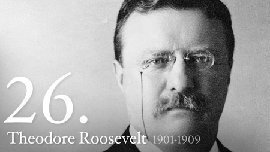
Navy History
Theodore Roosevelt and the Navy
NATIONAL NAVY DAY HISTORY
U.S. Brewing History
American Beer Facts
- The U.S. produced 196 million barrels of beer in 2009.
- Americans consume roughly 20 US gallons of beer per capita annually.
- In 2008, the United States ranked sixteenth in the world in per capita consumption. However, total consumption was second only to China.
- After Congress repealed prohibition, the industry consolidated into a small number of large-scale breweries.
- The majority of the new breweries in the U.S. are small breweries and brewpubs. As members of the Brewers Association, they are termed “craft breweries” to differentiate them from the larger and older breweries.
- Larger breweries most commonly produce the American lager.
- However, smaller breweries (many founded in the 1980s) produce a range of styles.
- Beer styles originating in the United States include:
- American pale ale
- Pennsylvania porter
- American IPA
- steam beer
- amber ale
- cream ale
- Cascadian dark ale








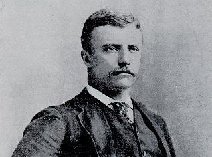
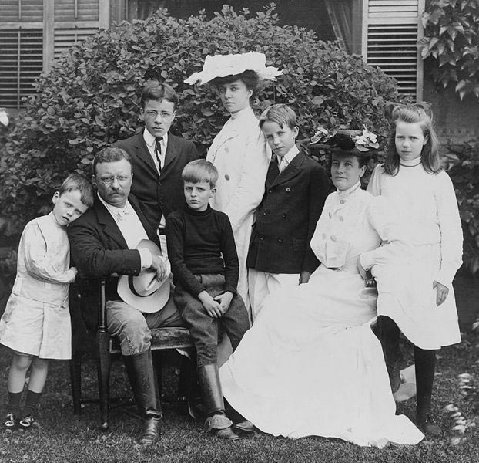


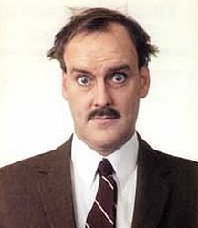
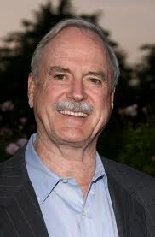


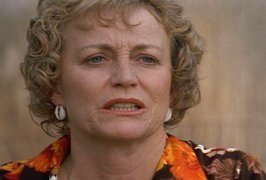




1 comment:
GREAT tread to start the day!
Post a Comment